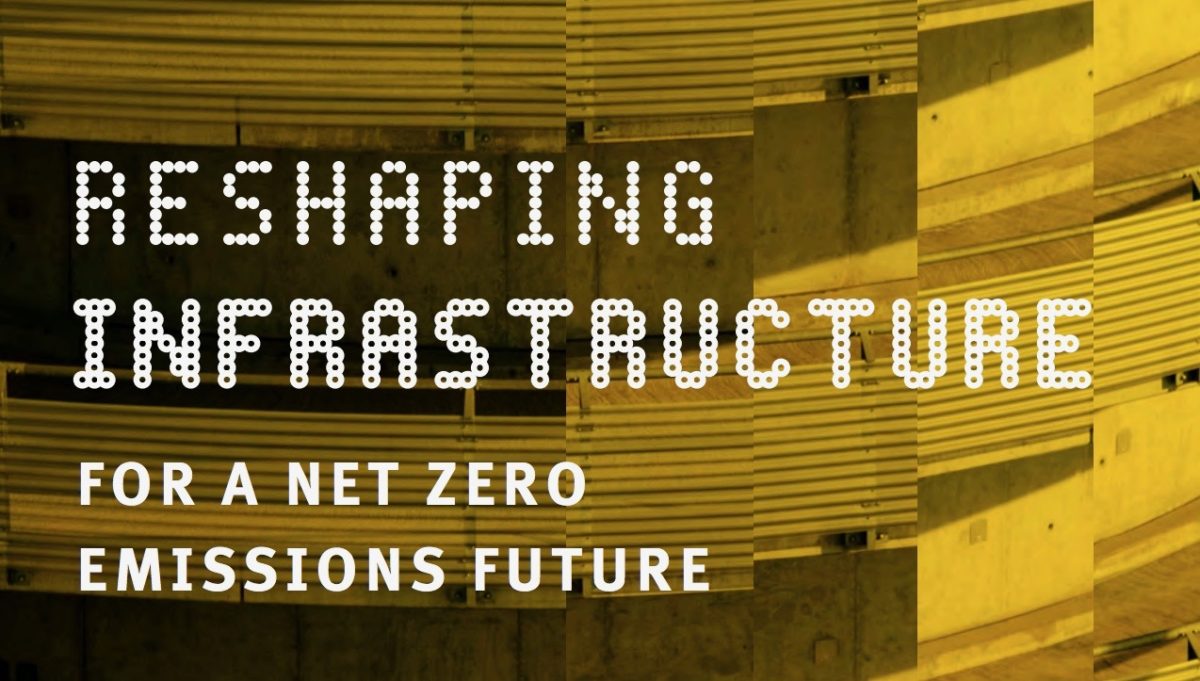According to a new paper released by the Clean Energy Finance Corporation (CEFC), infrastructure will prove crucial to the success of Australia’s energy transition. The “Issues Paper: Reshaping Infrastructure for a net zero emissions future” (paper) asserts that around 70% of Australia’s annual greenhouse gas emissions are attributable to infrastructure which, to boot, cannot possibly sustain us long-term.
Australia-wide public and private institutions are making moves, or claiming to, toward a net zero emissions future powered by clean energy. Many of these plans are 2050-centric, however, the infrastructure assets built today will still be operational by 2050, and yet it is clear that the energy transition is not always a priority in infrastructural planning, design, procurement and operations across all sectors. The paper warns that if net zero emissions targets and the wider energy transition is not at the front of developers’s minds then much of what we build now risks becoming ‘stranded’.
Two major infrastructural sectors identified by the paper are transport and energy. The transport sector requires significant infrastructure in order to support the uptake of electric vehicles (EVs), such as charging networks and affordability. For the energy industry the state of affairs is well known, as regards the energy transition our distribution and transmission networks are about as flexible as a wooden ruler, and just as short-sighted.
The CEFC, in partnership with the Infrastructure Sustainability Council of Australia (ISCA), ClimateWorks Australia, the Australian Sustainable Built Environment Council (ASBEC), and the Queensland Government, believe a revolution in the thinking of many infrastructure projects could prove foundational to the transition to net zero emissions. After all, considering the nature of renewable energies, it is not utterly ridiculous to not that what we build now will echo in eternity.
Clean Energy Integration
The integration of clean energies such as solar PV, or power purchase agreements (PPAs) are key to the manner of infrastructural development Australia needs. The paper concurs with the findings of Infrastructure Australia’s “An Assessment of Australia’s Future Infrastructure Needs: The Australian Infrastructure Audit 2019” (p. 502), namely, that Australia’s natural renewable resources could make it a ‘renewable energy superpower’.
Of course, abundant renewable resources mean little without significant infrastructural investment in transmission networks (power lines, substations, distributed energy technology) and energy storage. “Investment in infrastructure today can enable a long-term transition to net zero emissions,” the paper states.
If we take the two major interconnected sectors of transport and energy again we can see major infrastructural necessities right on the surface. The paper highlights Western Australia’s Electric Highway as a prudential, albeit insufficient, infrastructural investment. The ‘highway’ consists of 11 EV charging stations situated on land owned by local governments along the 520km route between Augusta and Perth. It was this initiative that led to the ongoing expansion of the nation’s EV network. However, despite the best efforts of Chargefox and others, Energeia’s 2018 “Australian Electric Vehicle Market Study” predicted that Australia will require approximately 30,000 public charging spots by 2040. solar
As for public transport, the paper notes that Australia’s large-scale renewable capability, despite transmission congestion, can provide clean energy via PPAs, take for instance, the PPA Sydney Metro NorthWest project has with Beryl Solar Farm.
Public transport is a major infrastructural focus considering its role in the management of continuing urbanisation. Of that 70% emissions figure mentioned at the top, Michael Li, Senior Project Manager (Cities & Policy) at ClimateWorks Australia, clarifies that 15% of Australia’s emissions come directly from infrastructure and 55% indirectly. “Direct emissions occur across the life-cycle, including procurement, construction, operations and decommissioning. But the majority of emissions are associated with the end use of assets and the activities they enable,” said Li. “For example, providing public transport infrastructure close to population centres can reduce local road transport emissions.”
What Now?
Ainsley Simpson, CEO of ISCA, says that infrastructure must respond to and support broader economic and social trends, one of which is decarbonisation of Australia’s economy. “Infrastructure is facing pressure from both the public and private sector to prepare for net zero emissions,” Simpson said. “In addition to state and territory commitments, private investors are increasingly aligning their portfolios with net zero emissions.”
Suzanne Toumourou, Executive Director of ASBEC, says that preparing infrastructure for a net zero emissions future is a shared responsibility between all stakeholders across the infrastructure life-cycle, including infrastructure advisors, investors, construction companies and operators. “With billions of dollars in the infrastructure pipeline,” said Toumourou, “and the need to rapidly rebuild infrastructure after this summer’s natural disasters, now is the time for consensus about what role infrastructure can play in achieving a net zero emissions future.”
This content is protected by copyright and may not be reused. If you want to cooperate with us and would like to reuse some of our content, please contact: editors@pv-magazine.com.









1 comment
By submitting this form you agree to pv magazine using your data for the purposes of publishing your comment.
Your personal data will only be disclosed or otherwise transmitted to third parties for the purposes of spam filtering or if this is necessary for technical maintenance of the website. Any other transfer to third parties will not take place unless this is justified on the basis of applicable data protection regulations or if pv magazine is legally obliged to do so.
You may revoke this consent at any time with effect for the future, in which case your personal data will be deleted immediately. Otherwise, your data will be deleted if pv magazine has processed your request or the purpose of data storage is fulfilled.
Further information on data privacy can be found in our Data Protection Policy.